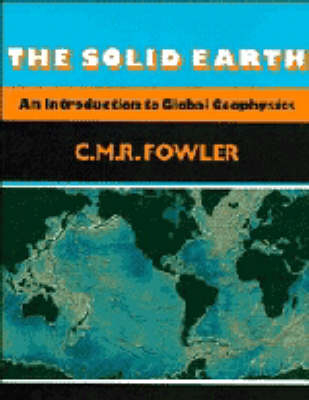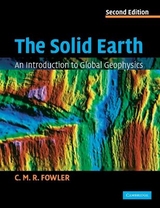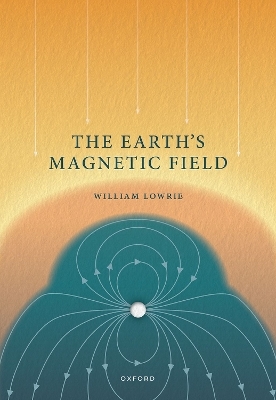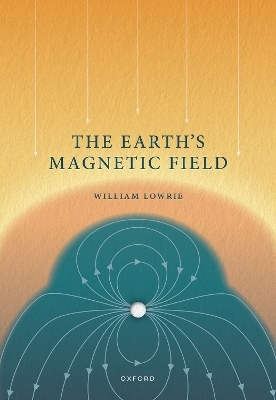
The Solid Earth
An Introduction to Global Geophysics
Seiten
1990
Cambridge University Press (Verlag)
978-0-521-38590-9 (ISBN)
Cambridge University Press (Verlag)
978-0-521-38590-9 (ISBN)
- Titel erscheint in neuer Auflage
- Artikel merken
Zu diesem Artikel existiert eine Nachauflage
The Solid Earth is a general introduction to the study of modern physics of the solid Earth.
Geophysics is a broad subject that encompasses not only the physics of the Earth, but also the physics of the atmosphere and oceans. The heart of geophysics, however, is the theory of the solid Earth. The Solid Earth is a general introduction to the study of modern physics of the solid Earth, including the workings of both the Earth's surface and its deep interior. The book begins with a brief historical introduction to developments in geophysics. The next chapter discusses the important theory of plate tectonics, and is followed logically by a chapter on geomagnetism and palaeomagnetism. Subsequent chapters deal with the subjects of seismology, gravity, radioactivity and the age of the Earth and heat flow in the Earth. The book concludes with chapters on the physics of the oceanic and continental lithospheres. The emphasis throughout the discussion is on basic physical principles rather than instrumentation or data handling. Many helpful worked examples are given in the text, and, in addition, there are problems of various degrees of difficulty at the end of each chapter. Appendices explain more advanced mathematical topics and theories of seismology for mathematically inclined students.
Geophysics is a broad subject that encompasses not only the physics of the Earth, but also the physics of the atmosphere and oceans. The heart of geophysics, however, is the theory of the solid Earth. The Solid Earth is a general introduction to the study of modern physics of the solid Earth, including the workings of both the Earth's surface and its deep interior. The book begins with a brief historical introduction to developments in geophysics. The next chapter discusses the important theory of plate tectonics, and is followed logically by a chapter on geomagnetism and palaeomagnetism. Subsequent chapters deal with the subjects of seismology, gravity, radioactivity and the age of the Earth and heat flow in the Earth. The book concludes with chapters on the physics of the oceanic and continental lithospheres. The emphasis throughout the discussion is on basic physical principles rather than instrumentation or data handling. Many helpful worked examples are given in the text, and, in addition, there are problems of various degrees of difficulty at the end of each chapter. Appendices explain more advanced mathematical topics and theories of seismology for mathematically inclined students.
1. Introduction; 2. Tectonics on a sphere: the geometry of plate tectonics; 3. Past plate motions; 4. Seismology: measuring the interior; 5. Gravity; 6. Geochronology; 7. Heat; 8. The oceanic lithosphere: ridges, transforms, trenches, and oceanic islands; 9. The continental lithosphere; Appendices; Glossary; Index.
| Erscheint lt. Verlag | 29.6.1990 |
|---|---|
| Zusatzinfo | 25 Tables, unspecified; 9 Halftones, unspecified; 600 Line drawings, unspecified |
| Verlagsort | Cambridge |
| Sprache | englisch |
| Maße | 204 x 253 mm |
| Gewicht | 1165 g |
| Themenwelt | Naturwissenschaften ► Geowissenschaften ► Geophysik |
| ISBN-10 | 0-521-38590-3 / 0521385903 |
| ISBN-13 | 978-0-521-38590-9 / 9780521385909 |
| Zustand | Neuware |
| Haben Sie eine Frage zum Produkt? |
Mehr entdecken
aus dem Bereich
aus dem Bereich
How Numerical Models Revealed the Secrets of Climate Change
Buch | Hardcover (2020)
Princeton University Press (Verlag)
43,65 €



